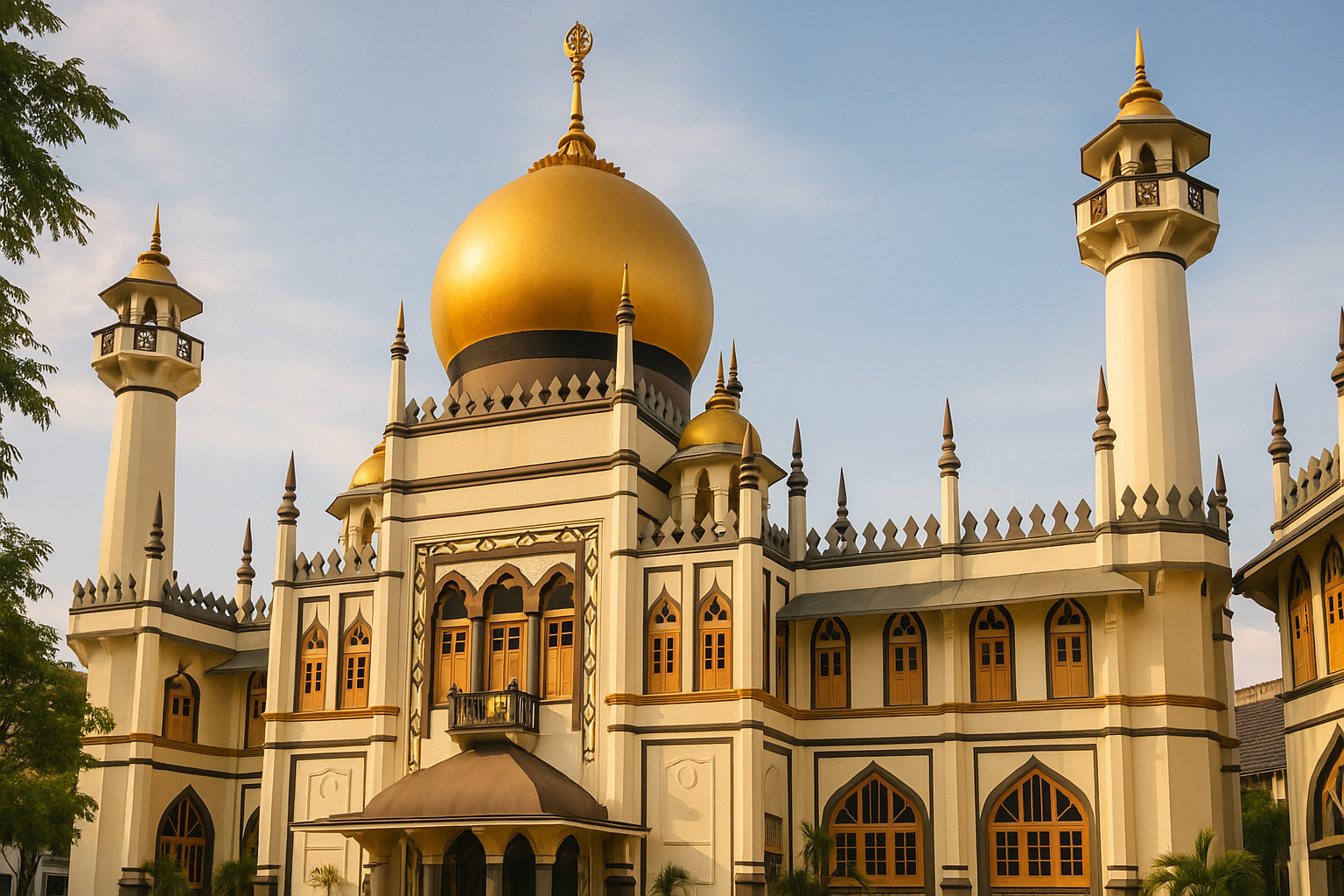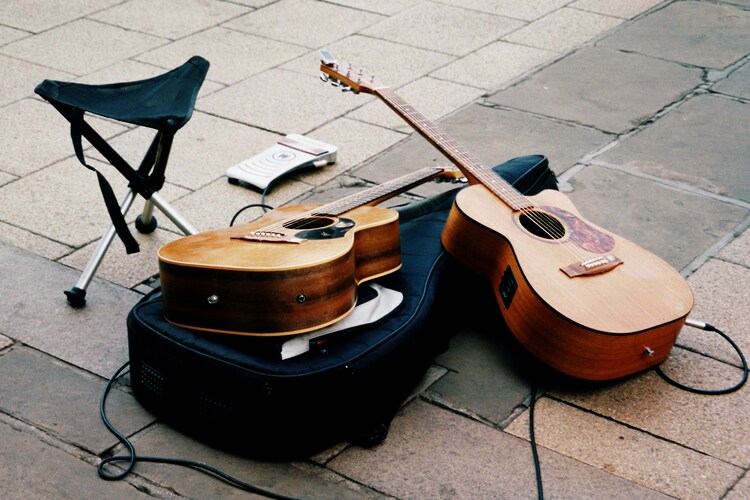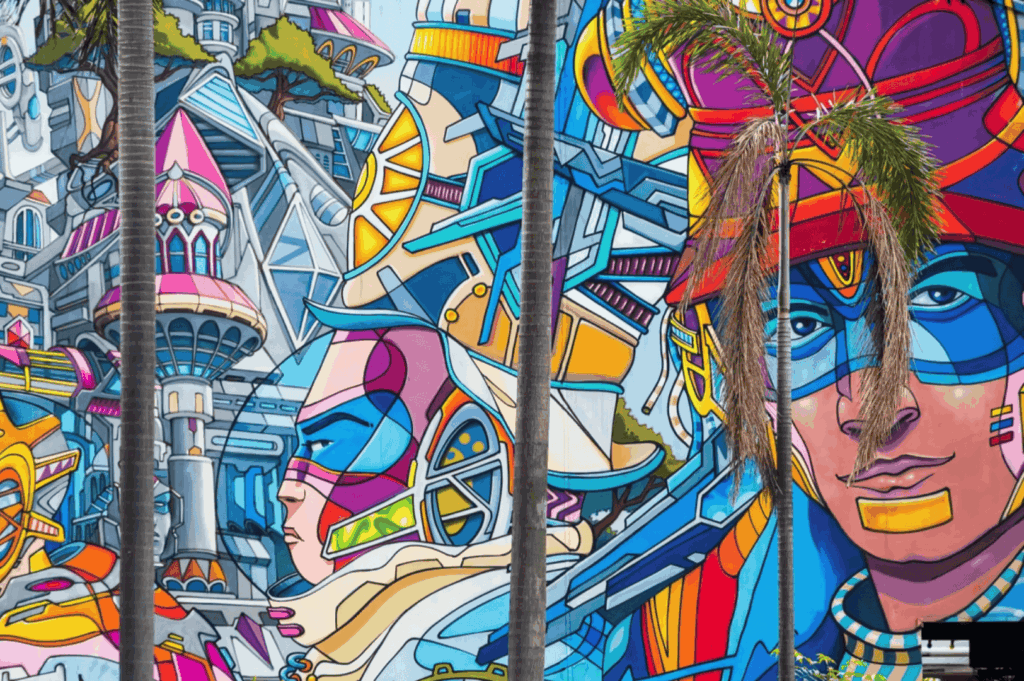
Singapore often conjures images of gleaming skyscrapers and lush garden cityscapes, a testament to its modern marvels. Thanks to pop culture phenomena like ‘Crazy Rich Asians’, Singapore is often seen as a playground of wealth and luxury, but there’s another side to the city waiting to be discovered.
Look closer, beyond the polished facade of the Central Business District, you’ll find a canvas teeming with colour, creativity, and profound stories. The Singapore art scene is a vibrant, breathing ecosystem where heritage walls whisper tales of the past and contemporary galleries challenge the future. This is a city where art isn’t just confined to museums; it spills onto the streets, thrives in community hubs, and pushes boundaries in digital realms.
This journey is an invitation to see Singapore through the eyes of its artists. We’ll wander through alleyways adorned with incredible murals, step into the hallowed halls of national institutions like the National Gallery Singapore, and uncover the independent spirit of its gallery network.
This guide will help you find street art and appreciate the sophisticated fine arts. Prepare to explore how tradition and hyper-modernity dance together, creating a unique artistic identity that is as complex and captivating as Singapore’s neighbourhoods themselves.
The Evolution of Singapore’s Art Identity
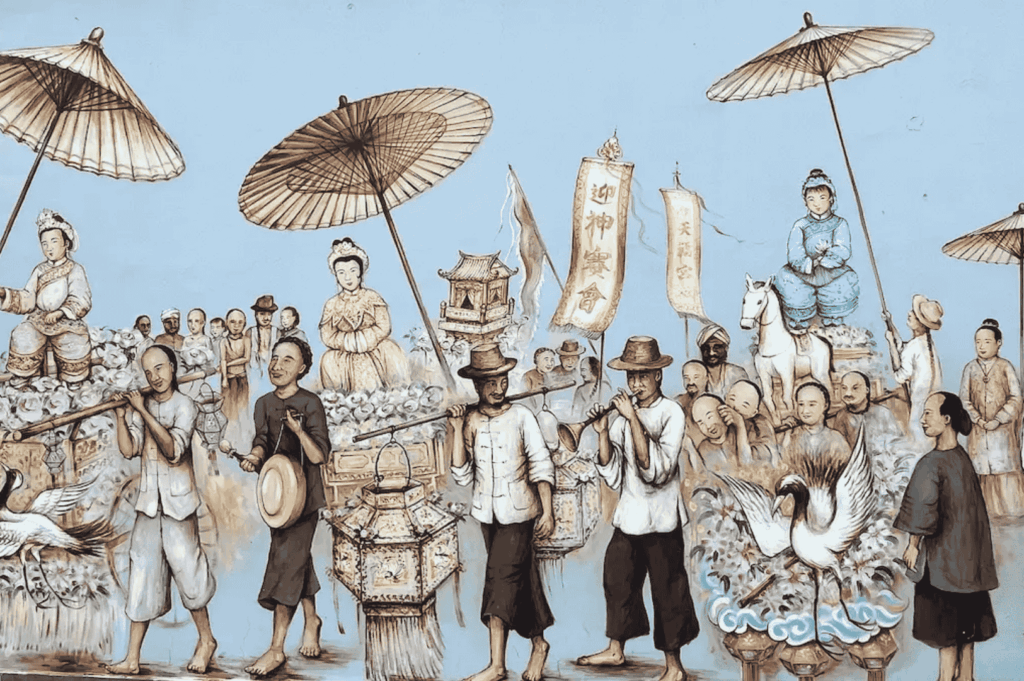
The story of art in Singapore is a rich tapestry woven from the threads of migration, colonialism, and a relentless drive for self-definition. Its roots run deep, far beyond the city’s modern gleam.
In the early 20th century, the seeds of a distinct artistic voice were planted by Chinese immigrants who brought with them rich cultural traditions. The pivotal moment came with the establishment of the Nanyang Academy of Fine Arts in 1938, which helped develop a new generation of talent.
Understanding the different histories that have contributed to the development of Singapore’s contemporary art scene is essential to fully appreciate its evolution and diversity.
Pioneering figures, often called the Nanyang artists, migrated from China in the 1950s and began blending Western techniques with local South-East Asian subjects. They created a style that was truly groundbreaking and reflective of their new home. Artists like Georgette Chen and Cheong Soo Pieng captured the soul of the region with a fresh, modern perspective, painting the life and landscapes they encountered. Their work laid the foundation for the diverse visual arts landscape we see today.
The nation’s independence in 1965 sparked a search for a distinct cultural identity for this young nation. Art became a powerful vehicle for exploring what it meant to be Singaporean, navigating a multicultural society, and documenting rapid urban development. This period saw the rise of second-generation artists who questioned and expanded upon the Nanyang style. They experimented with new art forms and ideas, paving the way for the dynamic Singapore contemporary art scene that continues to flourish.
A Street Art Renaissance: The City as a Canvas
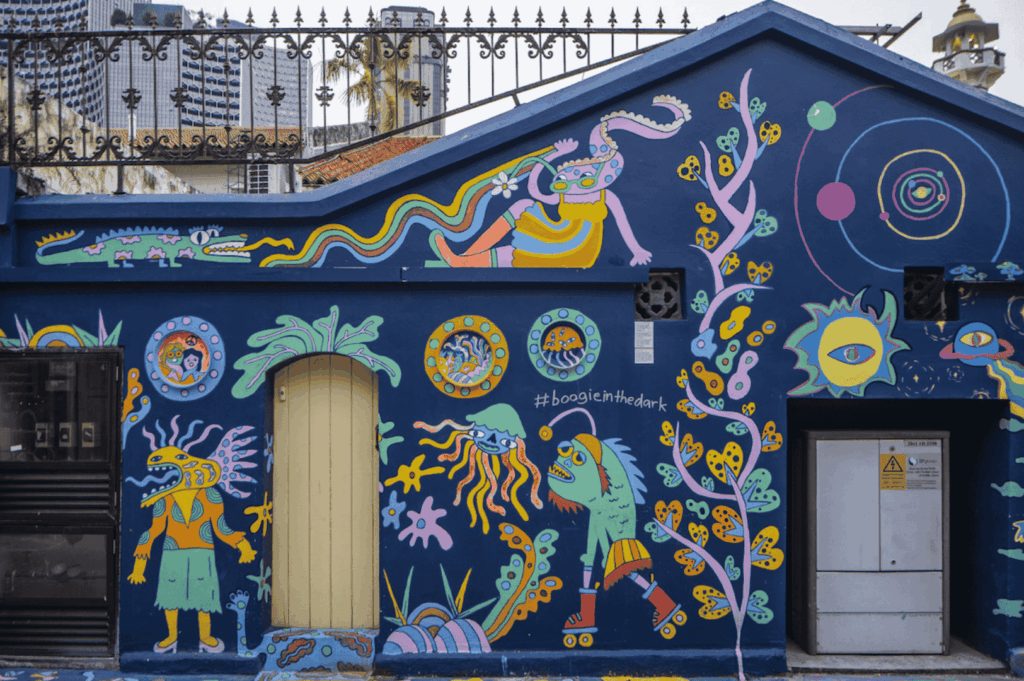
Forget sterile walls; Singapore’s streets are alive with colour and narrative. The incredible rise of Singapore street art has transformed entire neighbourhoods into open-air galleries, making art accessible to everyone. Some of Singapore’s most notable street art can be found along the main street of certain neighborhoods, making these areas central hubs for art and culture.
This movement has shifted from illicit graffiti to celebrated public works, with artists using murals to explore heritage, identity, and social commentary. What was once seen as vandalism has been embraced as a vital part of the city’s creative expression, turning public spaces into dynamic canvases.
The Historic Kampong Gelam
Once the seat of Malay royalty, Kampong Gelam is a buzzing enclave steeped in Malay traditions, packed with boutique shops and vibrant culture. Its laneways, particularly Haji Lane and the surrounding area, are a kaleidoscope of Singapore murals. Here, you’ll find everything from nostalgic scenes of bygone eras to vibrant, abstract works by both local and international artists.
A walk down Haji Lane feels like stepping into another world. The narrow street is flanked by colourful shophouses, their facades covered in bold urban art. Each wall tells a story, turning a simple walk into an immersive art experience. This is where you can find some of the city’s most photographed pieces, a testament to how street art has become an integral part of the neighbourhood’s identity.
Cultural Narratives in Little India
In Little India, the walls pulse with depictions of traditional motifs, festivals, and the energy of daily life, celebrating the area’s rich Indian heritage. As you wander down Kerbau Road or Clive Street, you are greeted by large-scale murals that burst with colour and life. The artist Novena Angela has painted several prominent pieces here, capturing the essence of the community with her intricate and vibrant works.
These murals do more than just decorate the buildings; they serve as important cultural markers. They reflect the history and traditions of the Indian community, from depictions of deities to scenes of daily rituals.
The art on Rowell Road and other side streets provides a deeper sense of the culture, offering insights that go beyond the bustling shops and fragrant food stalls. It’s a visual feast that beautifully complements the sounds and smells of the neighbourhood.
Whimsical Charm in Tiong Bahru and Chinatown
Over in the charming art deco estate of Tiong Bahru, the murals take on a more whimsical, nostalgic feel. This quiet, hip neighbourhood has a unique history, and its street art reflects that. The artist Yip Yew Chong is a master of capturing Singapore’s past, and his murals in Tiong Bahru evoke a sense of warmth and community. His work often depicts scenes of daily life from a bygone era, while also reflecting the lives of the artists and residents who have shaped the neighbourhood’s character, allowing viewers to step back in time.
Meanwhile, Chinatown offers another layer of artistic discovery. Among the bustling markets and historic temples, you’ll find murals that tell the story of the early Chinese immigrants. Yip Yew Chong has also left his mark here, with large-scale pieces that beautifully blend into the historic architecture.
On Ann Siang Hill, you can find more contemporary pieces hidden among the trendy bars and eateries, creating a delightful contrast between old and new.
Art Deco Architecture: The City’s Timeless Backdrop
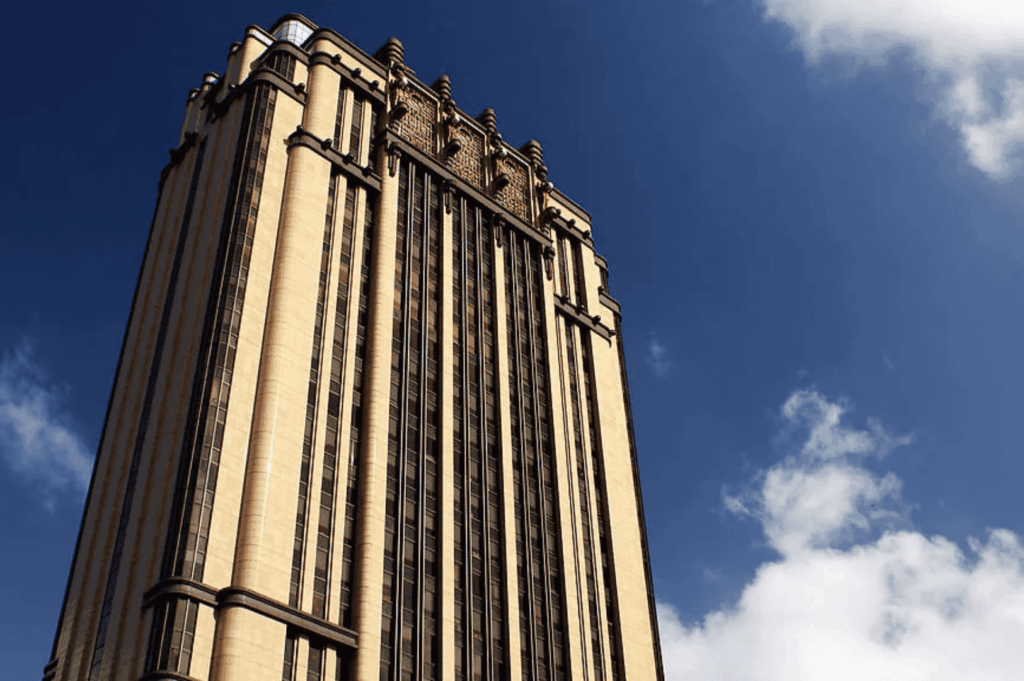
Singapore’s Art Deco architecture is more than just a relic of the past—it’s a living, breathing part of the city’s artistic identity. These striking buildings, with their bold geometric lines, ornate facades, and vibrant colors, provide a dramatic stage for the city’s ever-evolving street art scene. The fusion of Eastern and Western influences in Art Deco design has left a unique imprint on neighborhoods like Little India, Chinatown, and Tiong Bahru, where the architecture itself becomes a canvas for creativity.
This harmonious relationship between architecture and art is a testament to Singapore’s multicultural society and its ability to embrace change while honoring its roots. The city’s street art scene thrives in these settings, drawing inspiration from the past to create something distinctly modern.
Whether you’re an architecture enthusiast or an art lover, exploring Singapore’s Art Deco neighborhoods is a journey through time, culture, and creativity—where every wall tells a story and every street corner offers a new perspective on the city’s dynamic art scene.
Cultural Institutions as Art Anchors
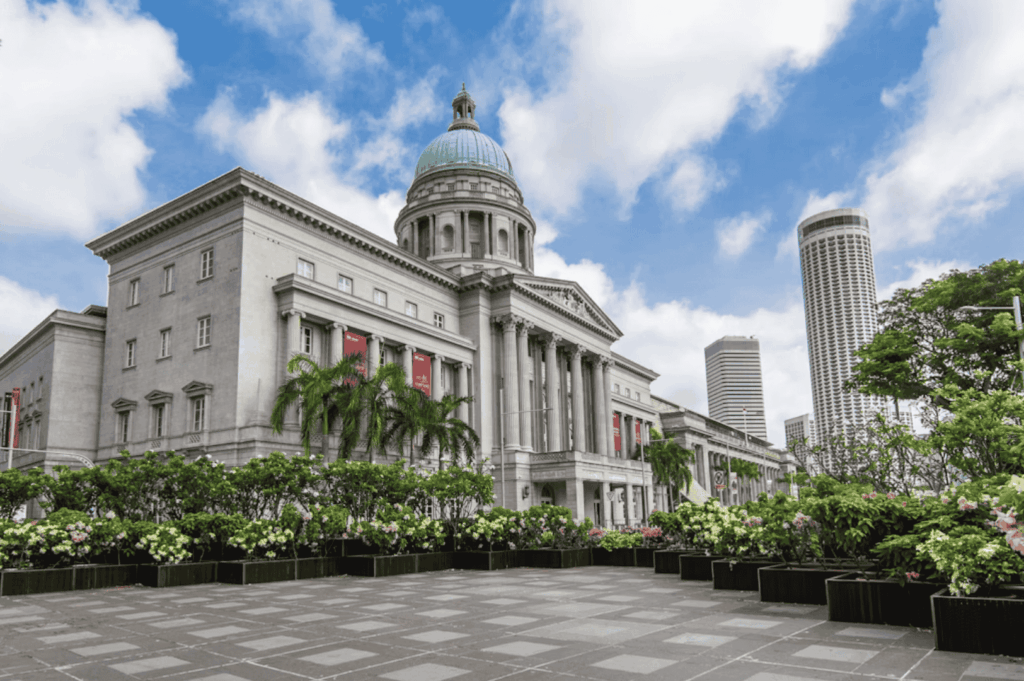
At the heart of the Singapore art scene are its institutions, recognized as some of the world’s leading art institutions, acting as custodians of national heritage and champions of regional creativity. These magnificent buildings are not just repositories for art; they are vibrant centres for dialogue, education, and artistic innovation. They provide the foundational context for understanding the broader currents running through the local and South-East Asian art world.
National Gallery Singapore
The National Gallery Singapore is a monumental achievement, housed in the beautifully restored former Supreme Court and City Hall buildings on Victoria Street. It holds the world’s largest public collection of Singaporean and South-East Asian modern art, offering a comprehensive journey through the region’s artistic history.
A visit here connects the dots between the pioneering Nanyang artists and the contemporary practitioners of today. The gallery’s vast collection includes paintings, sculptures, and prints, showcasing the evolution of art in Singapore over the decades. It plays an important role in preserving the nation’s cultural legacy.
Singapore Art Museum (SAM)
Just a short walk away, the Singapore Art Museum (SAM) has redefined itself, focusing on the most current and experimental contemporary art practices. While its main buildings undergo renovation, SAM continues to present groundbreaking art exhibitions and pop-up projects across the city, including at its space in Tanjong Pagar Distripark.
This agile approach ensures that Singapore contemporary art remains at the forefront of public consciousness. SAM is dedicated to showcasing works that push boundaries and challenge conventions, featuring both emerging and established artists from Singapore and the Asia Pacific region.
The Gallery Ecosystem: From Blue-Chip to Grassroots
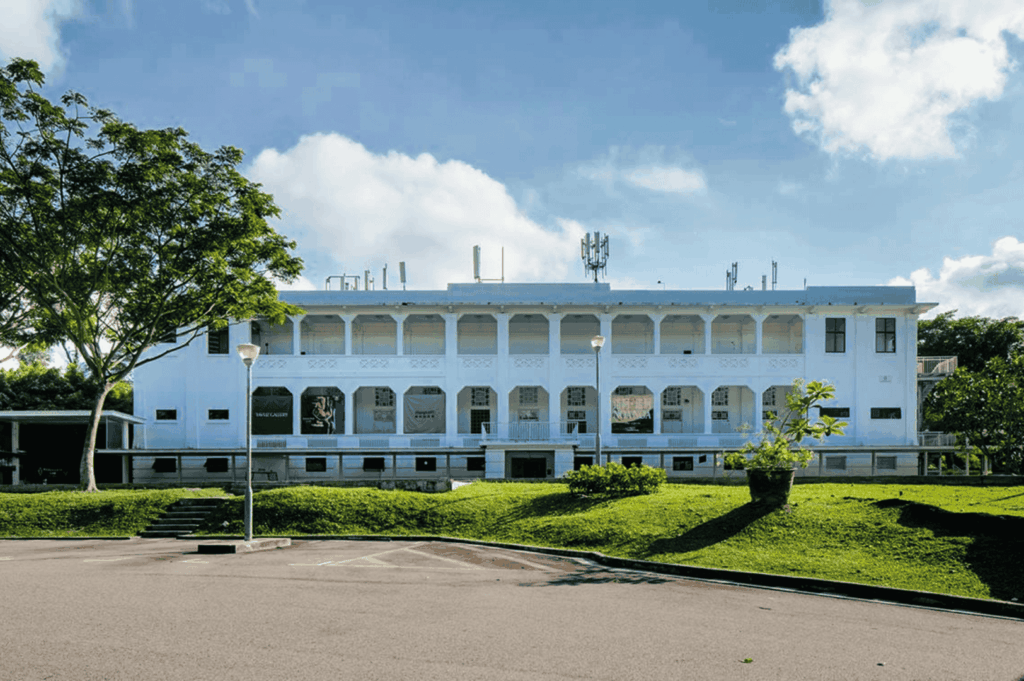
Beyond the major institutions, a diverse network of Singapore galleries fuels the commercial and experimental side of the art scene. This ecosystem ranges from high-end international galleries to smaller, artist-run spaces that champion emerging artists. It is this variety that makes gallery-hopping in Singapore such a rewarding adventure, offering something for every taste and budget.
Gillman Barracks: A Contemporary Arts Cluster
Set amidst lush greenery in a former military barracks, Gillman Barracks is Singapore’s premier contemporary arts destination. It is home to a collection of leading international artists and local galleries, such as Sullivan+Strumpf, Mizuma Gallery, and Fost Gallery. This hub provides a space for serious collectors and curious onlookers alike to engage with cutting-edge art from around the globe. The galleries here host a rotating series of exhibitions, ensuring there is always something new to see.
Independent Voices and Artist-Run Spaces
For a taste of the city’s grassroots creative energy, one must explore the independent spaces. Places like Coda Culture and Grey Projects offer platforms for experimental and non-commercial works, fostering a sense of community and critical discourse. These venues are vital for nurturing the next generation of Singaporean artists and pushing the boundaries of creative expression. They provide a crucial space for artists to take risks and explore a new idea or concept, emphasizing the importance of the core idea in experimental art, without commercial pressure.
Spotlight: Ernest Zacharevic and the Power of Public Art
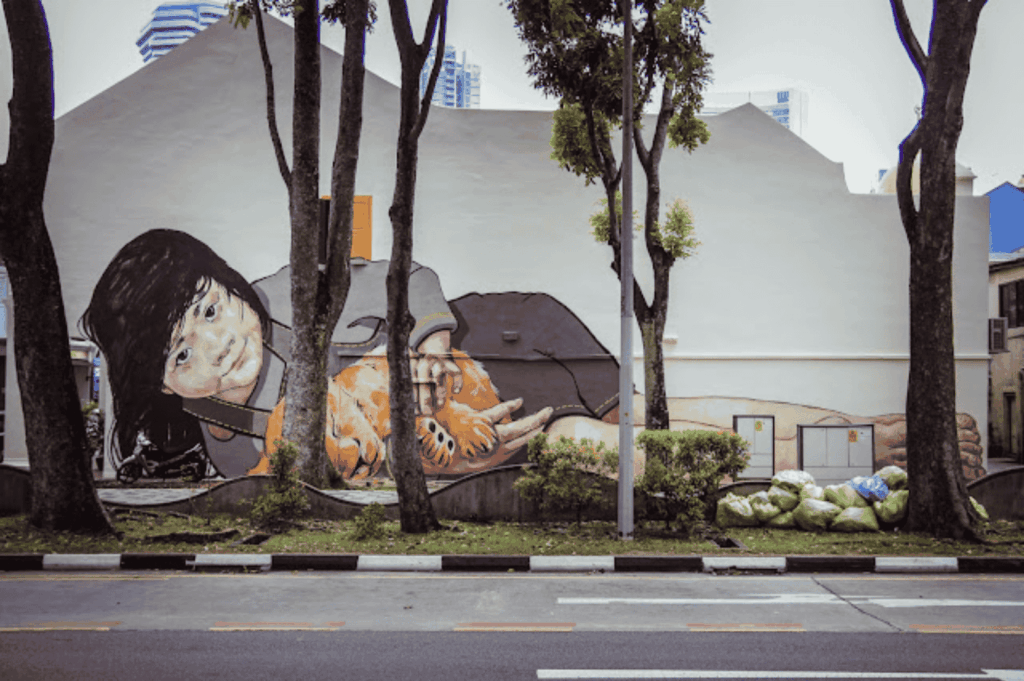
Few artists have left as indelible a mark on Singapore’s urban art landscape as Ernest Zacharevic. This internationally acclaimed Lithuanian artist is renowned for his playful, interactive murals that transform everyday public spaces into sites of wonder and reflection.
Zacharevic’s works, often blending realism with a touch of whimsy, invite passersby to pause, engage, and even become part of the art itself. His murals have become iconic landmarks, sparking conversations about community, identity, and the role of art in city life.
Zacharevic’s influence extends far beyond beautifying walls—he has helped position Singapore as a vibrant hub for street art in the Asia Pacific region. His projects have attracted both local and international artists, fostering a spirit of collaboration and inspiring a new generation of emerging artists to experiment with public art.
The city’s commitment to supporting urban art is further reflected in the efforts of institutions like the Singapore Art Museum and the National Gallery Singapore, which regularly host exhibitions and events that celebrate the diversity and dynamism of public art.
By exploring Singapore’s public spaces, from bustling main streets to hidden alleyways, visitors can experience firsthand the transformative power of street art. Zacharevic’s murals, alongside works by other talented artists, reflect the city’s multicultural fabric and its openness to new ideas. Whether you’re discovering a mural for the first time or revisiting a familiar piece, Singapore’s street art scene offers a constantly evolving tapestry of creativity, community, and cultural exchange.
Interactive Art Installations: Where Art Meets Audience
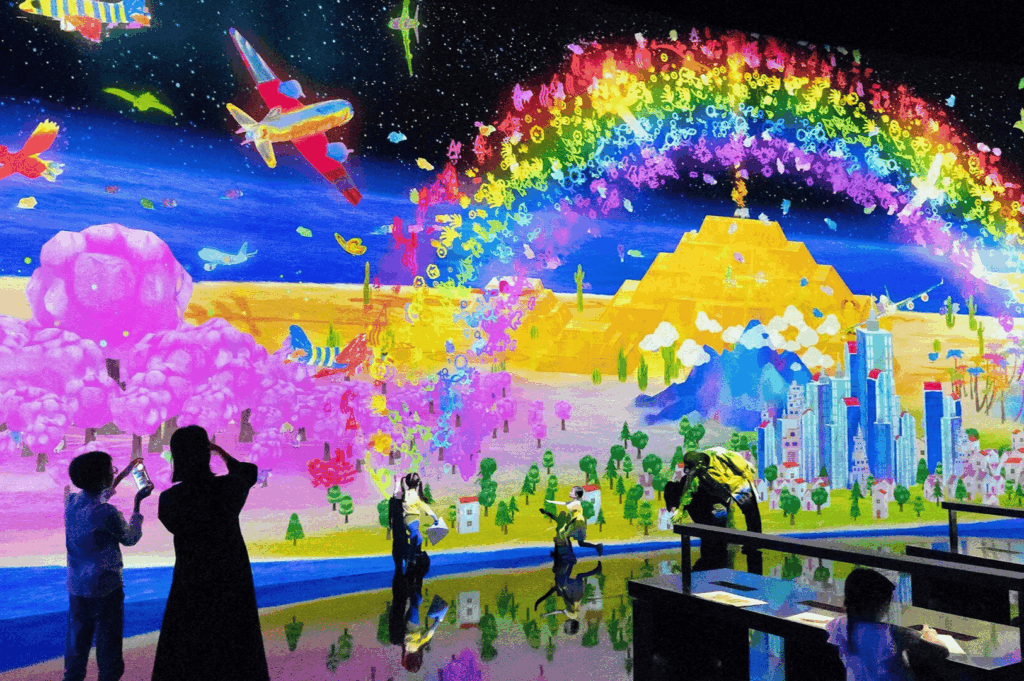
Singapore’s street art scene is not just something to be observed—it’s something to be experienced. Interactive art installations have become a hallmark of the city’s creative landscape, inviting audiences to step beyond the role of passive viewer and become active participants in the artistic process. These installations, which often incorporate digital media, performance, and participatory elements, can be found enlivening public spaces from Haji Lane to Ann Siang Hill and the Central Business District.
In a city celebrated for its multicultural society and innovative spirit, interactive art forms have found fertile ground. Artists use these installations to blur the boundaries between art and audience, tradition and modernity, creating immersive experiences that reflect Singapore’s rich history and dynamic culture. Major events like the Singapore Biennale and Art SG showcase the latest in interactive and experimental art.
Whether it’s a digital mural that responds to your movements, a pop-up sculpture you can walk through, or a collaborative piece that evolves with community input, these interactive works transform the city’s public spaces into living galleries. They embody the ever-changing nature of Singapore’s art scene, where creativity is not just displayed but shared, celebrated, and continually reimagined. For anyone eager to engage with art in a new and meaningful way, Singapore’s interactive installations offer an unforgettable journey into the heart of the city’s creative pulse.
Singapore’s Art Festivals & Events
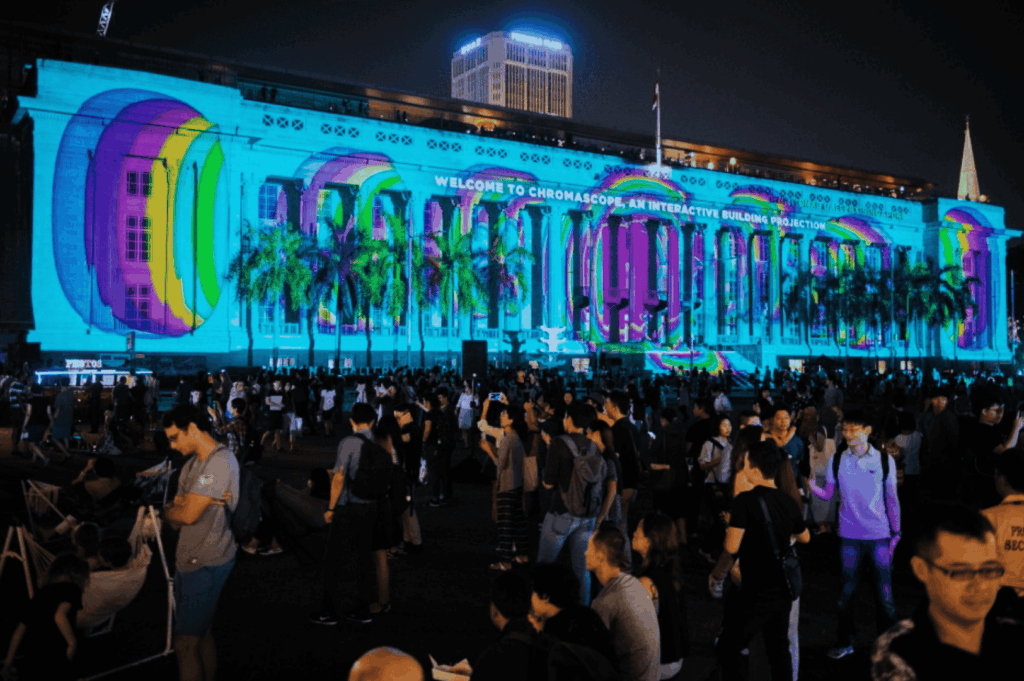
The city’s cultural calendar is punctuated by festivals that bring the entire Singapore art scene to life in a spectacular fashion. These events unite artists, galleries, institutions, and the public in a city-wide celebration of creativity. They are the best times to experience the full breadth and energy of the arts in Singapore, from visual arts to performing arts.
The cornerstone event is Singapore Art Week, which takes place every January. During this exhilarating week, the city buzzes with hundreds of exhibitions, talks, tours, and parties. It’s an umbrella event that includes major art fairs like Art SG, the vibrant Light to Night Festival in the Civic District, and countless gallery openings. The energy is palpable as the city transforms into a massive stage for all art forms.
Singapore Biennale, a prestigious international contemporary art exhibition, draws artists and visitors from across Southeast Asia and beyond to respond to a specific theme, creating thought-provoking works that engage with global issues from a South-East Asian perspective. The Biennale activates various locations across the island, encouraging audiences to explore the city through art. It’s a fantastic opportunity to see how local and international artists are responding to the challenges and opportunities of our time.
The Next Canvas: Future of Art in Singapore
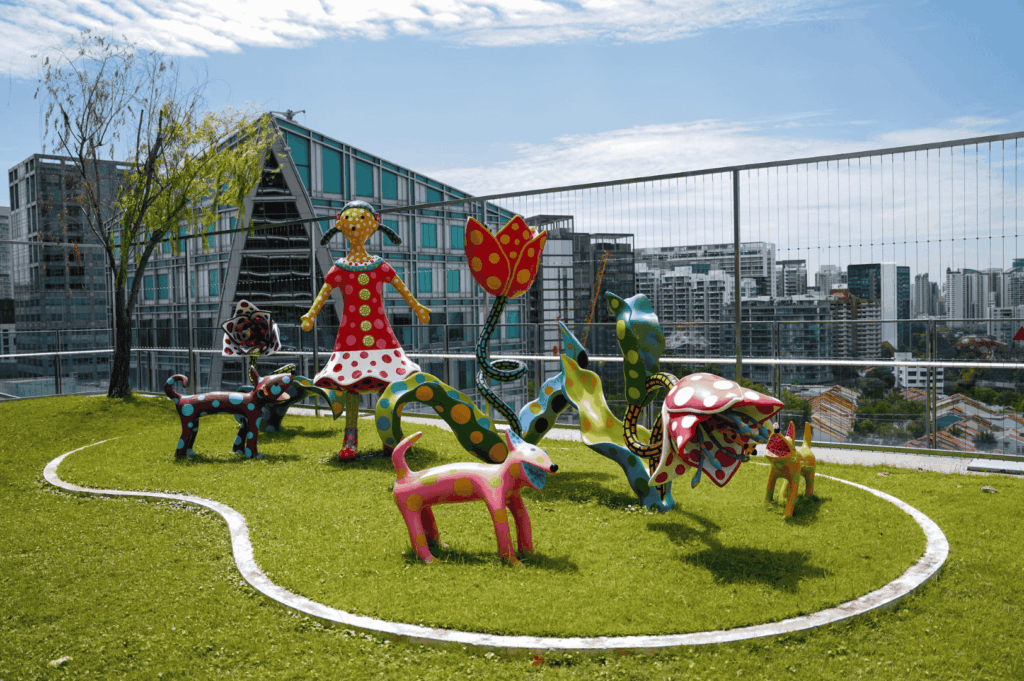
Singapore is constantly looking forward, and its art scene is no exception. There is a palpable sense of momentum as artists and institutions explore new mediums, themes, and technologies. The future of art in Singapore is being shaped by a commitment to innovation, digital integration, and fostering a more inclusive and critically engaged society. The National Heritage Board continues to support initiatives that preserve the past while encouraging a modern way of thinking about the future.
Artists to watch, such as Robert Zhao Renhui and Ho Tzu Nyen, are gaining international acclaim for their conceptually rigorous work. They represent a new generation that is confident in its voice and unafraid to tackle complex subjects. They are inspired by the city’s unique position at the crossroads of Asia and the West, creating work that is both locally relevant and globally resonant. The government and private patrons continue to invest heavily in arts infrastructure and education, ensuring that Singapore remains a vital hub for creativity.
Your Own Art Adventure Awaits
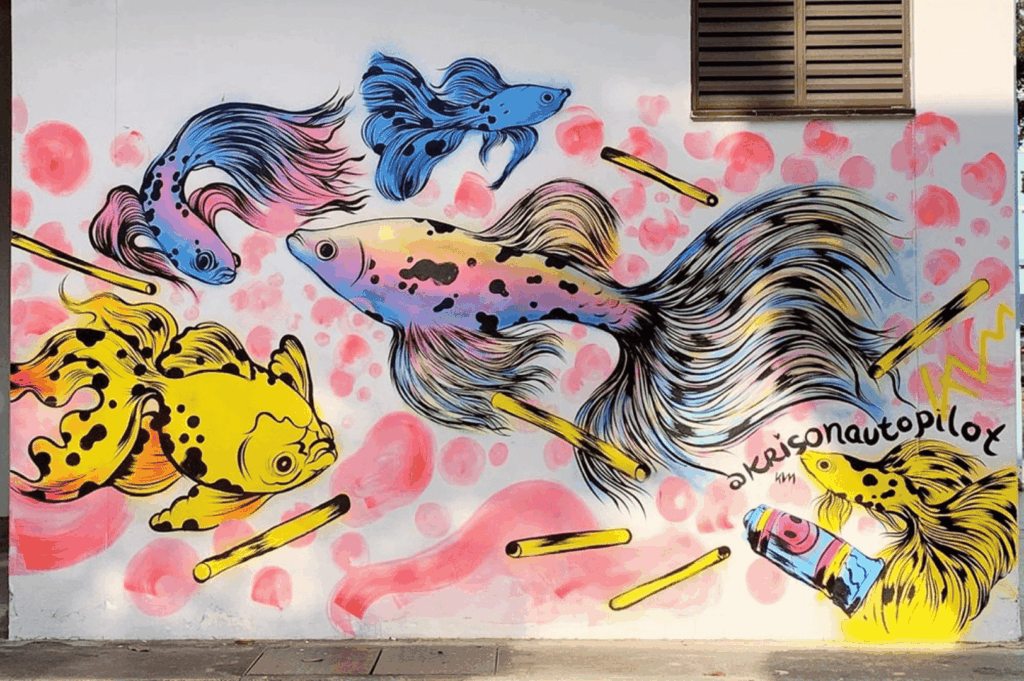
From the ephemeral beauty of a street mural to the timeless masterpieces in a national gallery, the Singapore art scene offers endless avenues for discovery. It is a world that is at once deeply rooted in its heritage and boldly reaching for the future.
The interconnectedness of its various parts—where a street artist might one day exhibit in a gallery, and a national institution might commission a public mural—is what makes it so uniquely dynamic. This is a city that understands the power of art to connect people and build communities.
The best way to understand it is to experience it for yourself. So, put on your walking shoes, charge your phone, and let your curiosity guide you. Start in one neighbourhood, talk to a gallerist, or simply look up and notice the art that surrounds you. You will find a city that is not just building a future but painting one, too, one brushstroke at a time.
Tips for Your Singapore Art Exploration
- Plan by Neighbourhood: Focus on one area at a time. Dedicate a day to Kampong Gelam and the Civic District, and another to Gillman Barracks and Tiong Bahru. Check out the main road and the smaller side streets.
- Check Opening Hours: Gallery and museum hours can vary. Always check their websites before visiting, especially for smaller independent spaces.
- Go Beyond the Visual: Attend an artist talk, a workshop, or a guided tour to gain deeper insights into the work you are seeing. Many events explore both fine arts and performing arts, including music and theatre.
- Use Public Transport: Singapore’s MRT and bus systems are incredibly efficient, making it easy to hop between different art hubs.
- Follow the Hashtags: Use hashtags like #sgart, #streetartsg, and #singaporeartweek on social media to find the latest happenings and hidden gems.

